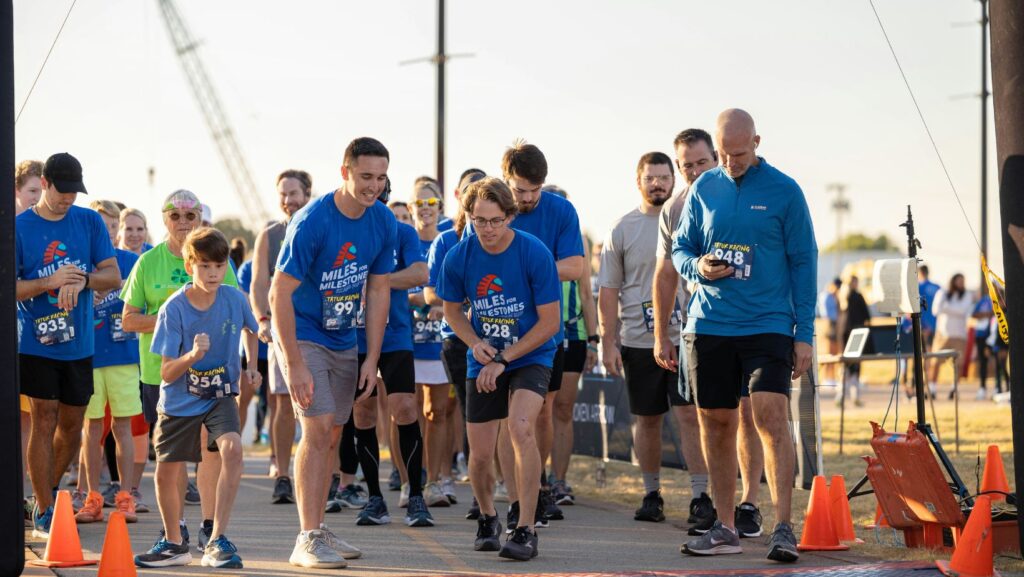Sports have always been a central part of human society, offering both opportunities for personal growth and challenges that demand attention. This duality is particularly evident when we delve into the social impacts of youth sports. On one hand, participating in sports has manifold benefits; on the other, several negative aspects need to be addressed to create a balanced view.
The Positive Psychological Benefits
Youth sports can significantly enhance mental well-being and social skills. According to research, regular participation in sports fosters reduced depression and anxiety rates, improved self-esteem, and greater overall happiness. A study by the Department of Preventive Medicine at USC found that both male and female athletes were less likely to engage in smoking and illicit drug-taking.
Furthermore, sports offer an escape from high-risk behaviors and provide a structured environment that encourages discipline and time management.
Notable Psychological Gains:
- Reduced Depression: Sports participation helps decrease feelings of depression and suicidal tendencies.
- Enhanced Self-Esteem: Positive reinforcement from coaches and teammates boosts self-worth.
- High Social Support: Being part of a team creates a support network contributing to resilience against negative influences.
Physical Health Benefits
Physical activity is essential for maintaining a healthy body and preventing various diseases. Youth sports effectively combat obesity and sedentary lifestyles by promoting regular exercise and healthier eating habits.

Organized sports curb screen time and encourage children to be physically active, with data indicating participants are more likely to consume fruits and vegetables.
Key Physical Benefits:
- Reduces Obesity Risk: Active children are less likely to become obese.
- Enhanced Fitness Levels: Regular participation improves cardiovascular health and physical fitness.
- Long-Term Health Benefits: Reduced risk of chronic diseases like heart disease and osteoporosis.
Additionally, engaging in sports promotes overall well-being by strengthening the connection between physical activity and mental health, helping children develop healthy habits that benefit both their bodies and minds.
Social Skills and Life Lessons
Sports offer a unique platform to develop essential life skills. Team sports, in particular, teach children about collaboration, goal setting, and handling both victories and losses gracefully. Participation often translates to better academic performance and improved time management skills.
Essential Social Advantages:
- Teamwork and Cooperation: Kids learn to work towards a common goal and trust their peers.
- Time Management: Balancing school and sports enhances organizational skills.
- Life Lessons: Sports teach resilience, leadership, and social intelligence.
The Downside: Physical and Psychological Risks
Despite the many benefits, youth sports are not without their downsides. One prominent issue is the risk of injuries, both traumatic and overuse.

The lack of consistent safety measures and untrained coaches often exacerbate these problems. There is also significant pressure to succeed, leading to stress and burnout.
Common Problems:
- Injuries: High incidence of sports-related injuries, often due to inadequate coaching and safety protocols.
- High Attrition Rates: Many children drop out of sports by age 15 due to intense pressure and lack of enjoyment.
- Psychological Stress: The pressure to excel and achieve scholarships can lead to stress and anxiety.
Seeking Solutions: Creating a Balanced Approach
Mitigating the negative aspects of youth sports requires a collaborative effort from parents, coaches, and community leaders to emphasize fun and personal development over winning. Effective coaching that prioritizes positive reinforcement can also significantly enhance the sporting experience.
Proposed Solutions:
- Positive Coaching Practices: Training coaches in positive reinforcement and effective teaching methods.
- Balanced Competition: Encouraging a focus on enjoyment and personal growth over competition.
- Inclusive Programs: Ensuring sports opportunities are accessible to all youth, irrespective of their background.
Conclusion
Youth sports, when managed properly, offer a plethora of benefits that extend far beyond physical fitness. From psychological well-being to social skills and life lessons, the positive impact is meaningful. However, acknowledging and addressing the associated risks is crucial for fostering a safe and enriching environment. With a balanced approach, we can ensure that organized sports become a positive force in the lives of young athletes, guiding them toward healthier and more fulfilling futures.
While the focus here is on youth sports, these insights can help understand why something like betting on sports teams, such as New England Patriots NFL Bets, has grown in popularity. Understanding both the highs and lows of sports participation can offer better perspectives on sports culture as a whole.

